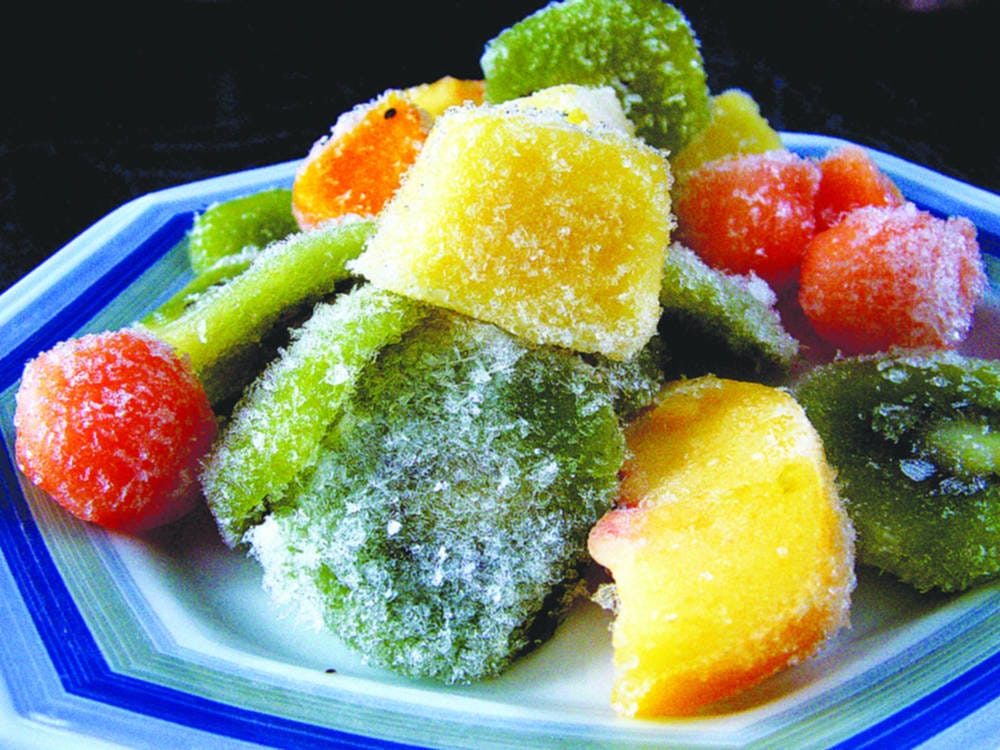Is it time for a move to frozen foods?
Our regular nutrition column

Breakfast this morning got me thinking. It merely involved microwaving frozen bread prior to making French toast, but the nonchalant routine reminded me to extol the virtues of frozen food, something I think many of us tend to overlook.
Sadly, the modern consumer is inclined to look down on frozen goods. We scoff at the stiff-edged bags roughly clumped together in the freezer aisles, associating the ‘less-for-more’ prices with poor quality and unnecessary teeth breaking. Truth be told, the lower prices are not in any way linked to poorer quality. Frozen food is simply much cheaper to produce and sell compared to its fresh counterparts, hence the less hefty price tags.
A recent study illuminated the very reason why we should resolve our issues with anything that’s not ‘fresh and whole’. Food stored at -20oC in the freezer compared to that stored at 4-5oC locks in many more key nutrients and antioxidants. We could be doing ourselves a world of good just by freezing more seasonal fruit and vegetables this way. We enjoy all the nutritional goodness they have to offer without having to sacrifice any volume.
Note the word ‘seasonal’ here. Freezing produce that has to go at some point, or tastes better at one time of year than another, will let us enjoy all the most desirable flavours and textures for as long as we want. It was found that many anthocyanin flavonoids (that help protect our livers and decrease blood pressure) are preserved for several months in foods such as blueberries. Similarly vitamins such as riboflavin (B1) and Vitamin C are not only successfully preserved, but can even be found in higher quantities in frozen foods than in fresh produce.
Bread’s another good example highlighting the value of freezing. This is how it works: Before baking, starch granules in dough are geometrically arranged, but this nice geometry is changed once water is added to the mix and dough is left to rise before baking. Starch absorbs the water and the granules take on a more irregular form. They however start to undergo recrystallisation after baking, the cooling process allowing the granules to revert back to a more regular geometry. The continuous recrystallization process is what contributes to staling, which unfortunately occurs much faster in the fridge than if you chuck your loaf into the freezer.
Of course, we still have to be a little picky. Freezing creates ice crystals, and the more water content a fruit or vegetable has, the bigger these ice crystals, so it would be a good idea to leave things like mushrooms and lettuce out of the picture. Otherwise, most anything can be frozen, including meat, fish, bread, and even most aromatic spices. Go ahead– freeze it up!








